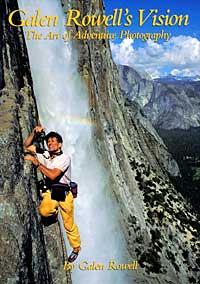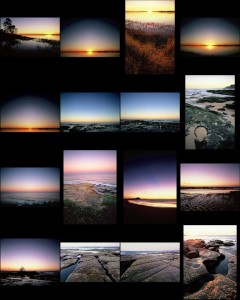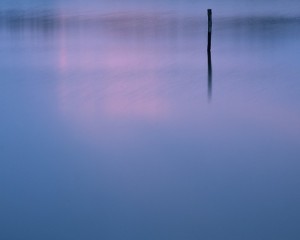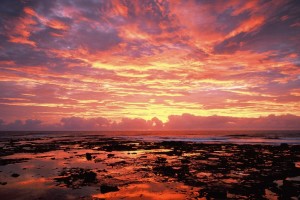Yes. There’s a good reason why Nikon kept the majority of their lenses at 52mm. It meant you only needed one set of filters. You could go from the 20mm f/3.5 right through to the 200mm f/4 (some of the super telephotos had 52mm drop-ins) without changing size. Even the 50mm f/1.2 managed to keep the 52mm diameter! Whilst this may not seem as pertinent in the digital age or fixed by the use of step-up rings, I disagree. Good filters are just as important today. With in-camera effects and post processing replacing many of them, there’s still no substitute for the likes of a warming polarizer, an 81A, an ND8, a graduated ND (at least 0.6) and of course a clear UV for protection. In fact I’d never travel without my grad ND and have recently found myself looking at lenses based purely on whether or not their filter size is 52 or 77mm (the professional size). I recently passed up the new Nikon 50mm 1.4G for the older D type because Nikon decided on a non-standard 58mm ring.
More on Graduated ND Filters.








